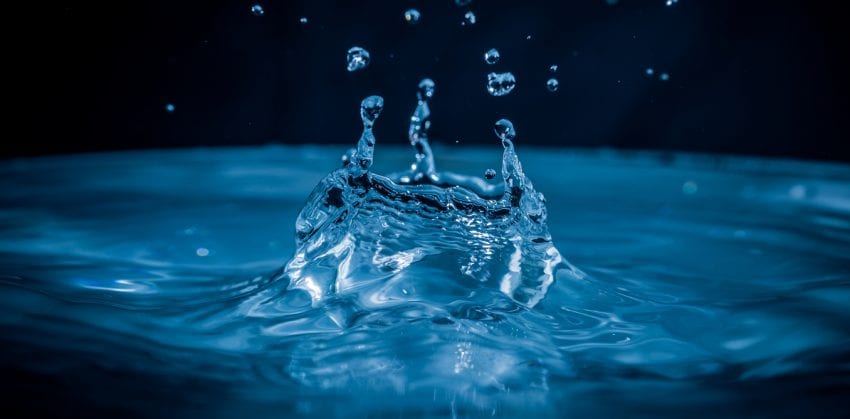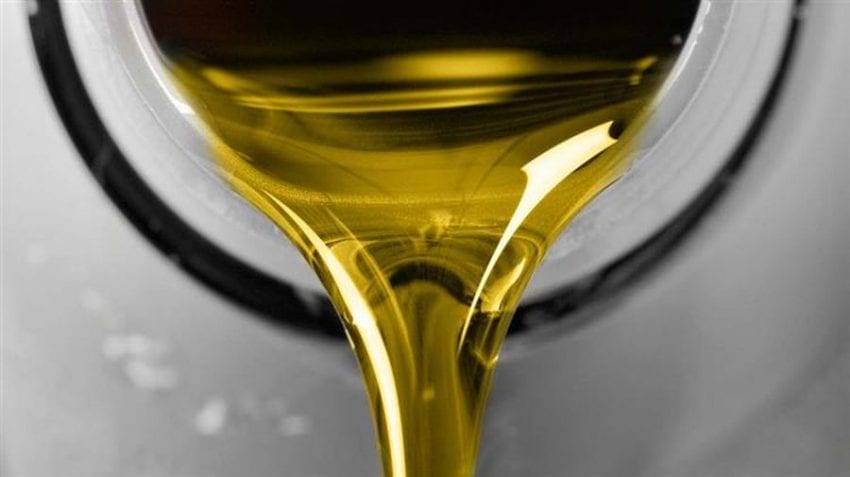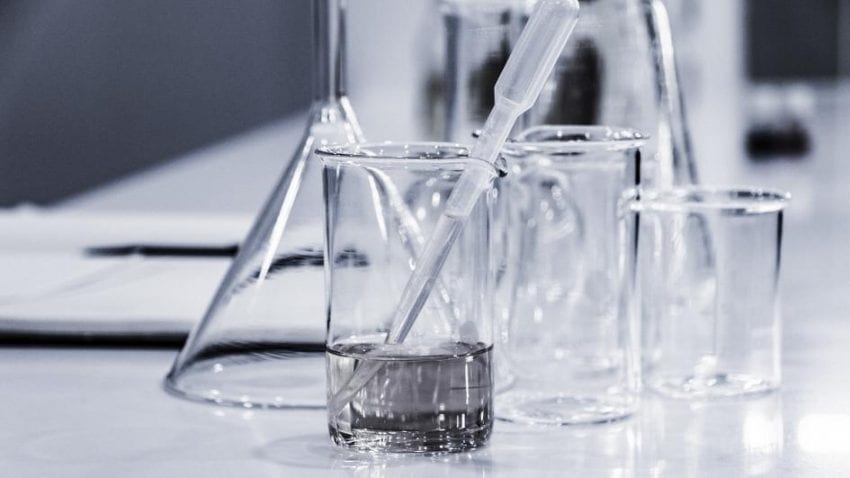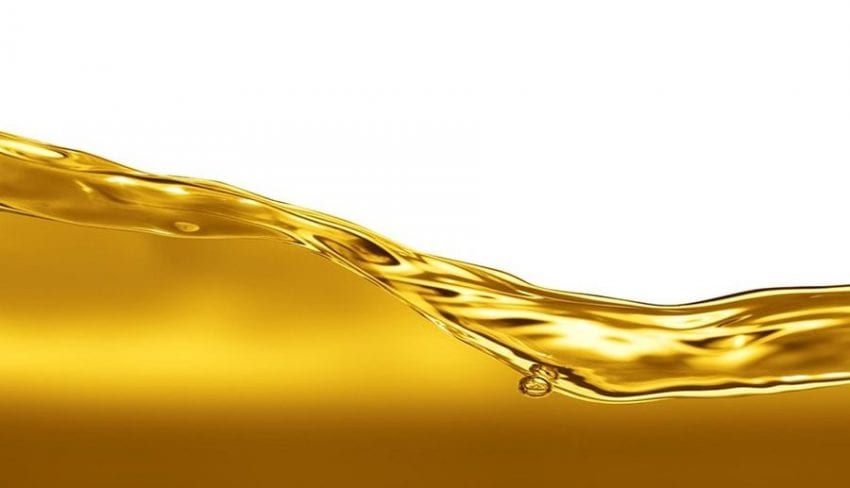We heat up liquids by using an energy source that gives us enough energy to go beyond the liquid’s initial temperature. We heat up liquids for multiple purposes such as cleaning, cooking, bathing, heating, and more.
As we mentioned, the process of heating up liquids is fairly straightforward and it involves a liquid, its temperature, and an energy source that will alter that temperature.
In today’s time, there are many ways we can heat up liquids, but the most common liquid that we heat is water.
Out of all the types of heating liquids, most common are:
- Storage water heaters (tank-type water heaters)
- Tankless heaters
- Point of use heaters
- Centralized heaters
- Electric shower heads
- Solar water heaters
- Geothermal heaters
- Gravity-fed systems
- And other types of liquids heaters
All of these heaters work in their own way and can be used to heat all types of fluids. And we are going to take a look at them all.
• Water

Water is probably the most common liquids we heat and we have multiple uses of heated water. Water is both nontoxic and inexpensive; water has high specific heat and low viscosity. This makes water super easy to pump. However, water has a relatively low boiling point, but a very high freezing point. Water can also have high mineral content, which is then called hard water. Hard water can cause mineral deposits to form and clog tubes and plumbing systems. Hard water is also not recommended for drinking.
• Hydrocarbon Oils

According to https://waterheaterreviewssite.com/, the second most common liquids that we heat are hydrocarbon oils. Hydrocarbon oils are oils with high viscosity and a lower heating point than water. These oils require more energy to pump and have a relatively low freezing point. Hydrocarbon oils predominantly are categorized into synthetic hydrocarbons, paraffin hydrocarbons, and aromatic refined mineral oils.
Synthetic hydrocarbons are nontoxic but do require more maintenance than the rest. Paraffin hydrocarbons lack a constant temperature of freezing and boiling and usually have a wider one in terms of both. However, both freezing and boiling temperature is higher than the water. Paraffin hydrocarbons are toxic and require a lot of maintenance. The last one is aromatic oils, which are the least viscous of eighter three.
• Glycol/Water Mixtures

Glycol/water mixtures have eighter 60/40 glycol-to-water or are a solid 50/50 mixture ratio. One such mixture is ethylene and propylene glycol which are effective “antifreeze”. These fluids provide antifreeze capabilities as long as an equal amount of antifreeze concentration is maintained. The most common use of these mixtures is for antifreeze, which is a type of liquids mostly used to keep our cars from completely freezing. Antifreeze liquids have a period of life usually three to five years.
• Thermal Oils

The last fluids on our list are thermal oils which offer users high-temperature operations all at very low pressure. The low operating pressure and the thermal properties of thermal oils make their usage prime for boilers. However, these boilers come under different names, and most common are thermal oil heaters, thermal oil systems, thermal oil boilers, thermal fluid heaters, thermal liquid boilers, hot oil heaters, hot oil systems, and a host of other names.









